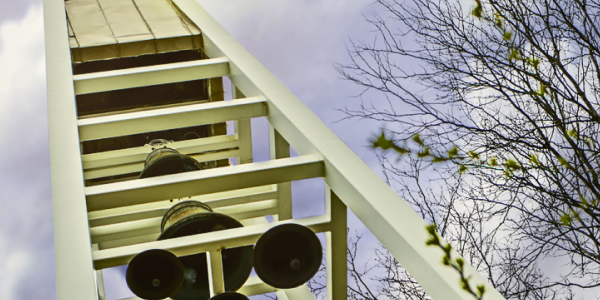To help celebrate, recognize and understand more about Juneteenth, TaQuilla Kusero of our Distance Learning team thoughtfully provided the following essay:
Juneteenth, or June 19th, has become one of the most celebrated holidays that marked the end of slavery in the United States. Though the Emancipation Proclamation took effect on January 1, 1863, most confederate states, and slaveholding border states, continued to enslave Black Americans until Union troops arrived to confront the resistance and enforce the laws over the next few years. In fact, owners of enslaved Black Americans would flee the fighting in the East and move to neighboring states like Texas to escape the Union Army’s grasp, bringing along enslaved people with them.

It was not until two and half years after the Emancipation Proclamation, June 19, 1865, that Union troops reached the long holdout city, Galveston, Texas. This incident marked the day the Union took control of the area and announced to the enslaved people still held there that they were now free from the horrors of slavery.
The original announcement stated:
“The people of Texas are informed that, in accordance with a proclamation from the Executive of the United States, all slaves are free. This involves an absolute equality of personal rights and rights of property between former masters and slaves, and the connection heretofore existing between them becomes that between employer and hired labor. The freedmen are advised to remain quietly at their present homes and work for wages. They are informed that they will not be allowed to collect at military posts and that they will not be supported in idleness either there or elsewhere.”
This day marked the beginning of what would become a second independence day in the United States and commonly referred to as Juneteenth. Celebrations began the very next year and typically included, music, food and religious gatherings. This period also brought about what is known as the Reconstruction era. Between 1865 and 1877 the nation attempted to bring southern states back into the political process and create a new relationship with newly freed Black Americans, but this period was short-lived, as a new wave of segregationist laws and restrictions effectively made black Americans second-class citizens for another 90 years until the Civil Rights Act of 1964 was passed.
During this time Juneteenth celebrations diminished, then experienced a resurgence in the 1970s-1990s. The recognition of Juneteenth has grown by leaps and bounds over the past two decades as awareness of it has spread through the media, popular TV shows and statewide celebrations. Over 40 states now recognize Juneteenth as a holiday, with a handful of those states working to establish it as an official paid federal holiday.
How Juneteenth is celebrated is a very individual practice, just like most other holidays. Some celebrate with grand outdoor events, including food, rodeos, live performances, historical reenactments and fireworks. Some use it as a time to reconnect with nature by going hiking, camping or to the beach. Others use it as a time to continue the fight for equitable rights in the U.S. The true embodiment of this holiday is that you are free to celebrate it the way you see fit.
Many cities across the country, including here in Michigan, are having their very first Juneteenth celebrations this year, so if you are unfamiliar with the holiday and would like to take part in its traditions, please find an event near you. It is one thing to learn about the history in a book or article, and another to participate in the festival of freedom to which this holiday represents.
The Detroit Free Press has a list of Juneteenth events online.

